In today’s modern world, consumers are spoilt for choice when it comes to soccer ball selection.
With the biggest sports brands like Nike, Adidas and Puma all fighting for a piece of the proverbial pie in this global market segment, the range of product choices that football fans have available to them are simply staggering.
This is in stark contrast to how things were in the more distant past, where a soccer ball was primarily identified through an iconic black and white polyhedron pattern.
But why did footballs appear this way?
Well, here’s your answer…
Soccer balls have pentagons and hexagons as part of a 32-panel design that effectively maintains spherical shape when kicked, and improves aerodynamics as well as close control for players. The traditional black and white colour scheme design of the pentagons and hexagons also aids television audiences when it comes to keeping track of ball movement.

Want to test your knowledge on soccer ball care?
Take the quiz by clicking the button below and see just how informed you truly are!
Note - You'll need to enter your email address to see the final results.
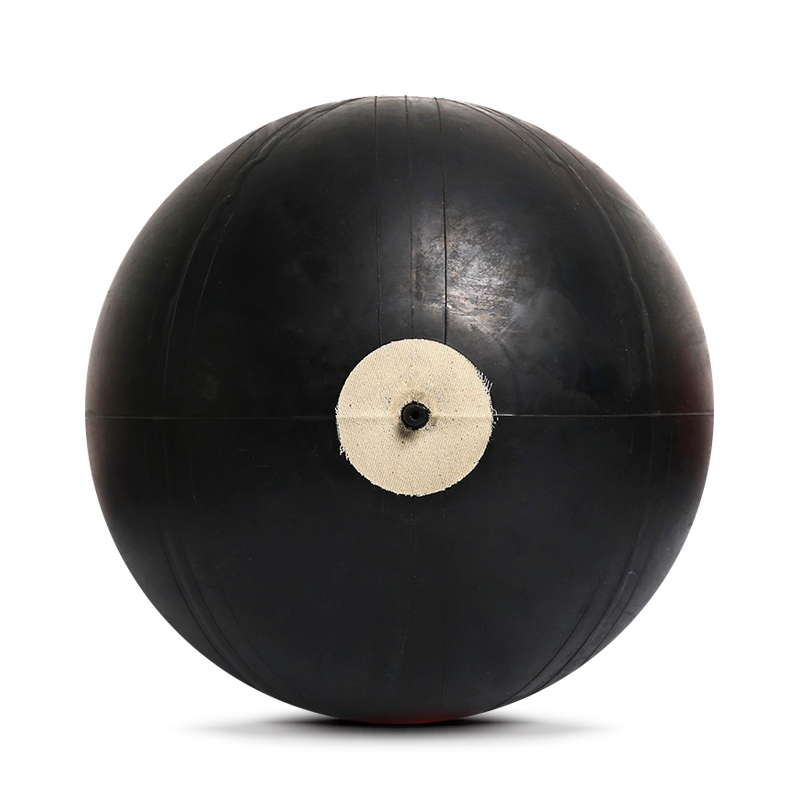

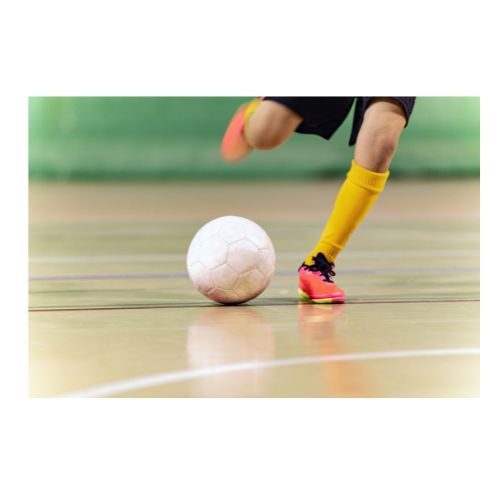




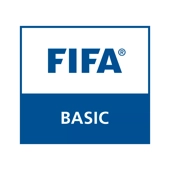


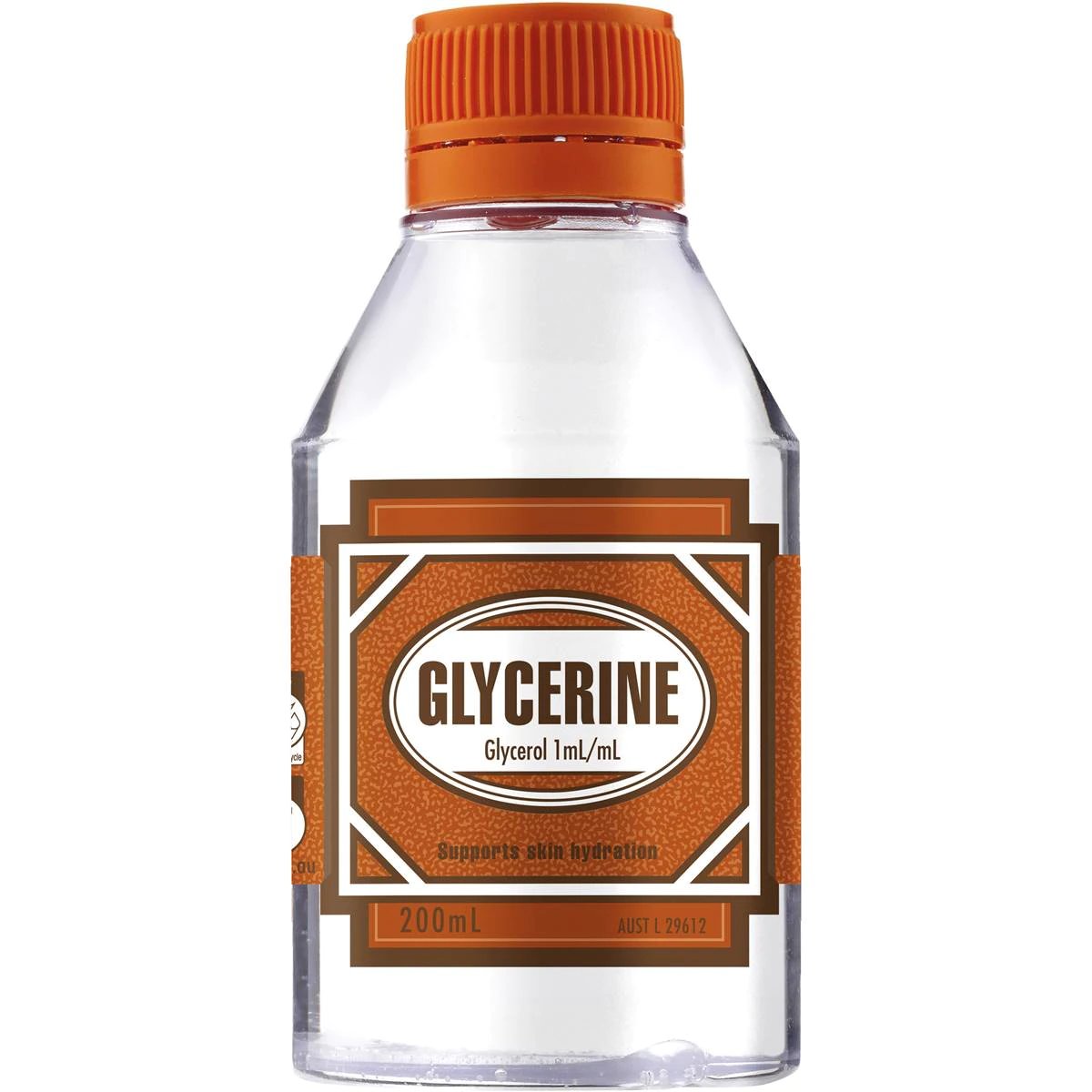


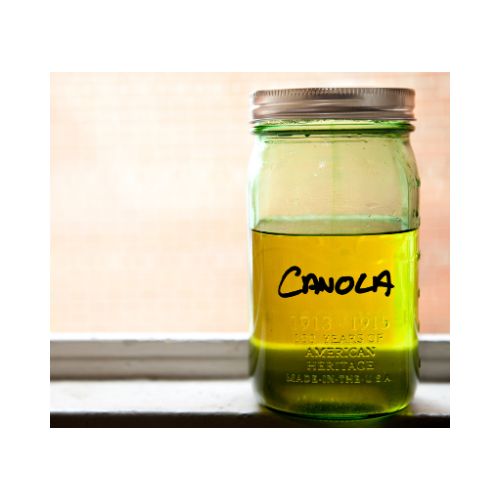





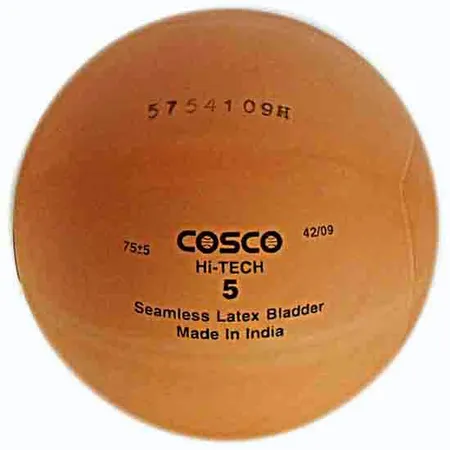




This naturally leads me onto answering the next two questions that readers are likely to have.
How big are the pentagons on a soccer ball?
Admittedly, there is no simple answer here.
I was able to discover that the mathematics involved in calculating how large the pentagons are is astronomically difficult to understand, even for those who are numerically-inclined.
But I’m going to leave you with a guestimate.
Think of a single pentagon on a size 5 ball as identical in magnitude to a stress ball that easily fits in the palm of your hand.
Why are there 32 panels on a soccer ball?
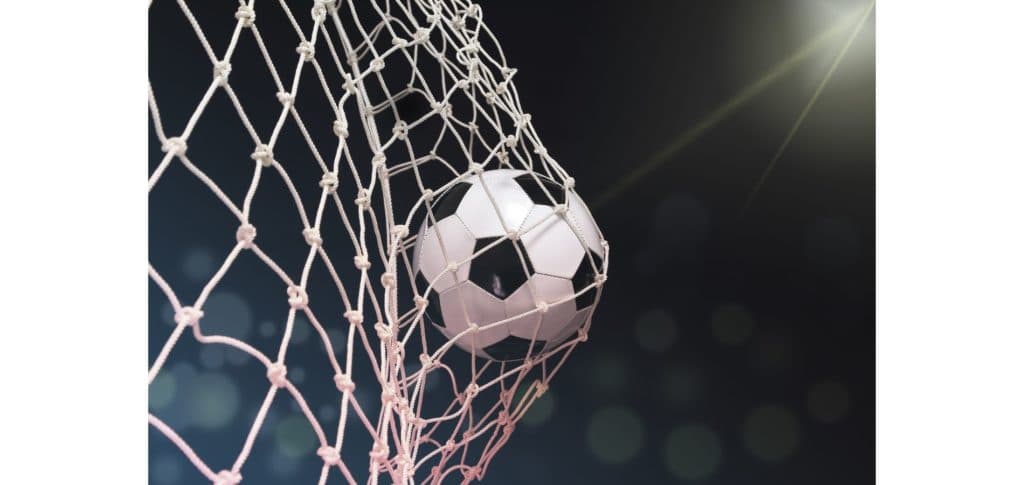
To form the perfect spherical shape, a soccer ball will have a distribution of 12 pentagons and 20 hexagons throughout its design.
More so, every pentagon is surrounded by hexagons in this arrangement.
To answer this question, you have to think about the qualities that make up a good soccer ball.
Just picture yourself kicking a ball as hard as you can and witnessing a disappointing outcome where the ball simply drops to the ground after being above ground only momentarily.
You’d definitely want a refund on your purchase if that were the case!
Because a football with optimum roundness delivers the most reliable aerodynamic (straight flight and controlled bounce), the classic 32-panel construction – which provides spherical shape – ensures that the ball is able to travel through the air for a longer period of time before encountering significant motion resistance.
In more simpler terms, a 32-panel ball is better at retaining a speed that is high and steady for a longer time duration, which ultimately provides a more reliable flight pattern that is immensely valued by football participants.
How have soccer balls changed over time?
There’s been plenty of significant soccer ball developments over the past couple of decades.
But first and foremost, I feel it’s important to give an honorary shout out to the visionary Eigil Nielsen.
He was the person that first invented the 32-panel design that we so often seen on the footballs of today.
Here’s a short documentary that highlights his life’s work:
What a legend!
Now let me talk briefly about how the state of football was before then.
Inflated pig bladder
Back in the day, footballs used to be inflated pig bladders that were carefully wrapped in leather.
Can you imagine that!
Additionally, because stitching technology had not yet been invented, footballs used to be sewn up with laces as that was one of the only materials that could adequately keep the form together.
Footballs in this medieval time period were nowhere near the quality of what we see and purchase today, as these leather encased balls weren’t spherical enough, which made ball control and shooting a tedious exercise.
What’s also quite interesting is that the Chinese had a similar method of ball construction, as they played a game called “Tsu Chu” which worked with leather balls stuffed with feathers and large strands of hair.
Vulcanized rubber
However, things started to change for the better when it came to football development.
In the year 1844, a man called Charles Goodyear was able to patent vulcanized rubber and the first ball of this kind was manufactured 11 years later.
This sort of technology involved a ball being glued together at the seams, which is quite similar to the development process of today’s basketballs.
And in the year 1962, things were refined even further with H.J. Lindon inventing an inflatable rubber bladder that made footballs easier to kick as well as retain their pseudo-sphericalness.
The Adidas Telstar ball
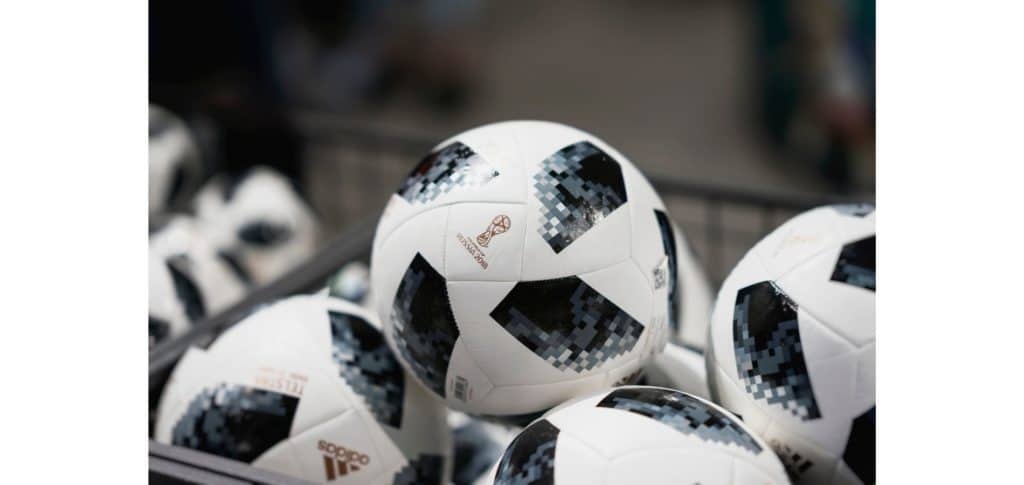
Fast forward to 1970 and things began to gather steam.
Adidas released a ball with a black and white colour scheme at the World Cup in Mexico, with the black pentagons and white hexagons supposed to make television viewing easier for remote audiences.
Ultimately, we’ve come a long way when problems like why soccer balls lose air pressure are more apparent in today’s game.
Conclusion
That brings me to the end of this topic on why soccer balls have pentagons.
A lot of significant history forms part of how footballs look like in the modern age and I hope this article has brought those aspects to light effectively.
In summary…
Soccer balls were in fact made from pentagonal and hexagonal panels, because manufacturers discovered that the combination of these two components fit together precisely to form a perfectly spherical shape which holds its form when kicked.
If you enjoy the content that I create and would like to buy me a coffee, then I’d really appreciate it!
Any money that I earn through this donation will be re-invested into more content for this website.
Additionally, by sending in a donation you’ll also receive a copy of my recently released 190+ page eBook on Soccer Ball Care, as well as be subscribed to our mailing list where you’ll be regularly informed on the latest developments concerning the Soccer Whizz blog.
- Future Icons: Europe’s Emerging Midfield Maestros Set for Glory - December 4, 2023
- Kickstarting a Revolution: How Soccer Transformed the United States Over the Last Four Years - October 7, 2023
- 4-1-4-1 Soccer Formation [Analysis] - September 23, 2023

